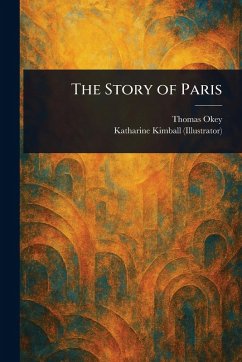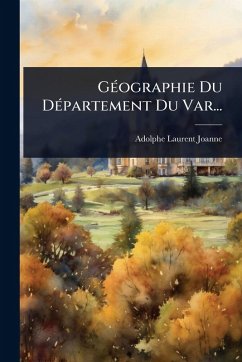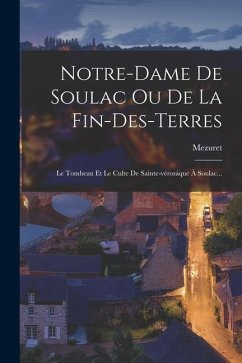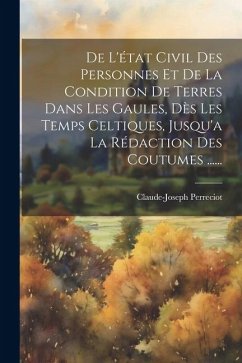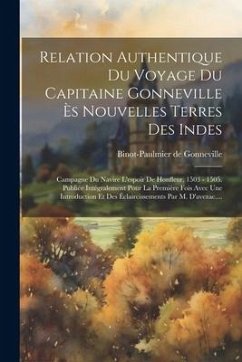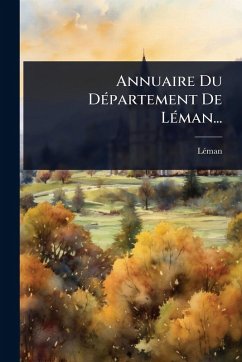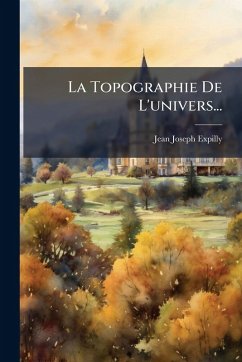
Terres Françaises

PAYBACK Punkte
12 °P sammeln!
Terres Françaises: Bourgogne, Franche-Comté, Narbonnaise, by William Morton Fullerton, offers a vivid exploration of three distinct regions of France at the turn of the 20th century. Fullerton, known for his insightful observations and elegant prose, delves into the history, geography, and culture of Burgundy, Franche-Comté, and Narbonnaise. This volume provides a rich tapestry of impressions, capturing the unique character of each area through detailed descriptions of landscapes, architecture, and the daily lives of its inhabitants. Readers will discover the historical significance of Burg...
Terres Françaises: Bourgogne, Franche-Comté, Narbonnaise, by William Morton Fullerton, offers a vivid exploration of three distinct regions of France at the turn of the 20th century. Fullerton, known for his insightful observations and elegant prose, delves into the history, geography, and culture of Burgundy, Franche-Comté, and Narbonnaise. This volume provides a rich tapestry of impressions, capturing the unique character of each area through detailed descriptions of landscapes, architecture, and the daily lives of its inhabitants. Readers will discover the historical significance of Burgundy, with its famed vineyards and medieval heritage; the natural beauty and traditions of Franche-Comté; and the sun-drenched landscapes and Roman past of Narbonnaise. Fullerton's work is not merely a travelogue but a profound engagement with the spirit of place, offering a nuanced understanding of France's regional identities. This edition allows a contemporary audience to rediscover a classic work of travel literature and gain fresh insights into the enduring allure of these French regions. This work has been selected by scholars as being culturally important, and is part of the knowledge base of civilization as we know it. This work was reproduced from the original artifact, and remains as true to the original work as possible. Therefore, you will see the original copyright references, library stamps (as most of these works have been housed in our most important libraries around the world), and other notations in the work. This work is in the public domain in the United States of America, and possibly other nations. Within the United States, you may freely copy and distribute this work, as no entity (individual or corporate) has a copyright on the body of the work. As a reproduction of a historical artifact, this work may contain missing or blurred pages, poor pictures, errant marks, etc. Scholars believe, and we concur, that this work is important enough to be preserved, reproduced, and made generally available to the public. We appreciate your support of the preservation process, and thank you for being an important part of keeping this knowledge alive and relevant.



